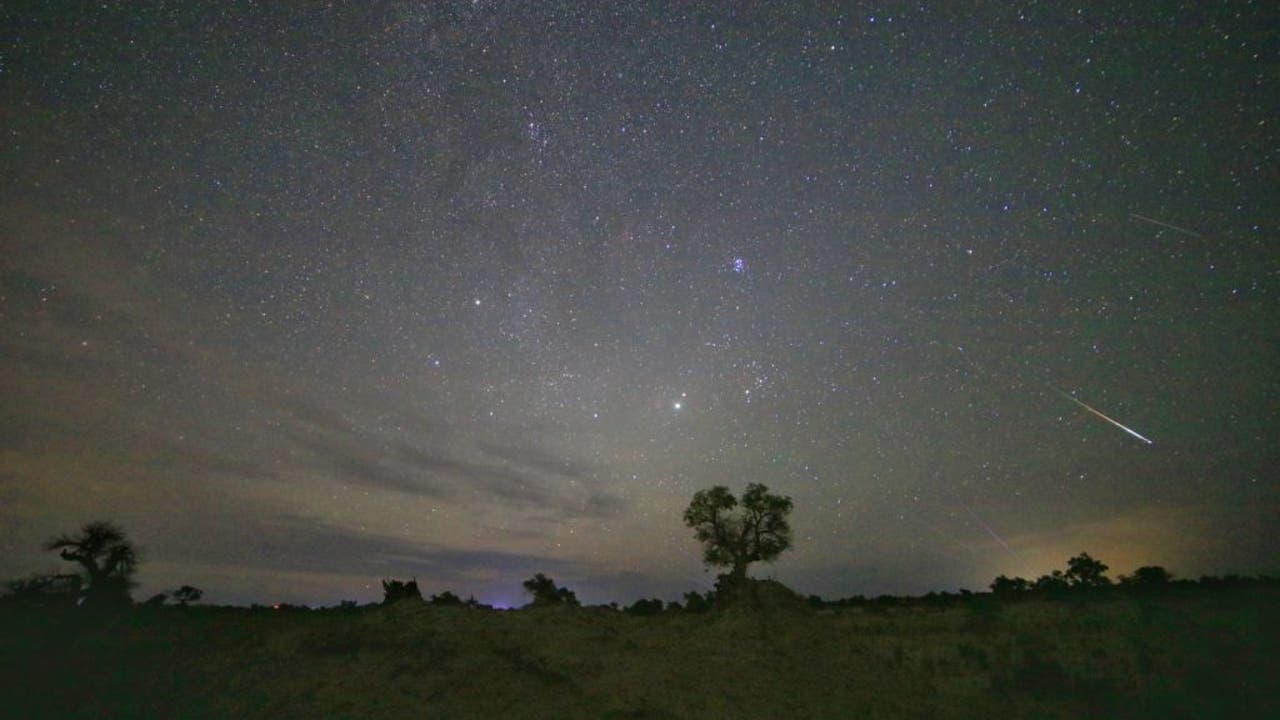- Total News Sources
- 7
- Left
- 4
- Center
- 0
- Right
- 2
- Unrated
- 1
- Last Updated
- 1 day ago
- Bias Distribution
- 67% Left


Perseid Meteor Shower Peaks Globally Despite Moonlight Haze
The annual Perseid meteor shower, caused by Earth passing through debris left by Comet Swift-Tuttle, is reaching its peak this week, offering skywatchers a chance to see up to 150 meteors per hour. The best viewing times are after 10 p.m., with peak activity between midnight and dawn, when the sky is darkest, and observers are advised to find locations away from artificial light and allow time for their eyes to adjust. However, the 2025 event's visibility is somewhat diminished by the nearly full moon, which brightens the sky and outshines many of the fainter meteors, though the brighter fireballs remain visible. The meteors will appear randomly across the sky, generally radiating from the constellation Perseus, and no special equipment is needed, as binoculars and telescopes restrict the field of view. This meteor shower is one of the most reliable and prolific annual celestial events, and despite the moonlight interference, it remains a spectacular natural light show for both casual observers and astronomers. The Perseids will continue to be visible until August 24, providing an extended opportunity to enjoy the display.




- Total News Sources
- 7
- Left
- 4
- Center
- 0
- Right
- 2
- Unrated
- 1
- Last Updated
- 1 day ago
- Bias Distribution
- 67% Left
Stay in the know
Get the latest news, exclusive insights, and curated content delivered straight to your inbox.

Gift Subscriptions
The perfect gift for understanding
news from all angles.
